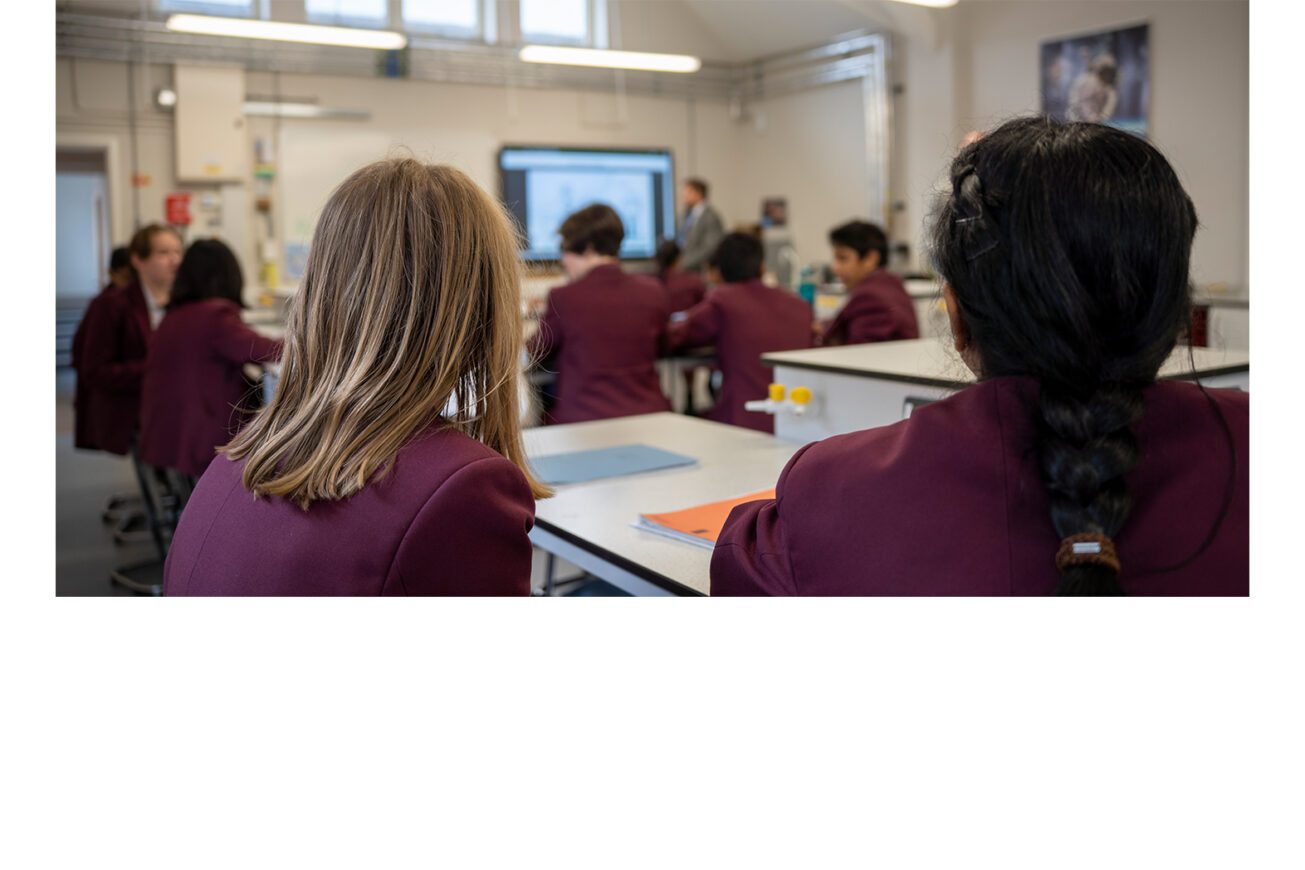Skills and strategies for more considered choice-making

During the first half of Choices, practitioners were guided by the materials to help pupils better understand themselves, enabling them to consider what drives and influences their choices and practise necessary skills and strategies. Working with Marcus, the central character in the interactive story, they learned that others and their innermost needs can lead them to make different decisions if such decisions mean satisfying those needs. In particular, pupils learned that those attempting to influence them might have their own agenda or act in self-interest. They often successfully exploit young people’s strong need to belong, using recognition and reward or feigning affection and care to manipulate young people’s choices.
Session Seven builds on young people’s knowledge thus far, examining negative influence and the seemingly small steps that can lead to a young person being groomed into risky behaviours. They look at how Marcus is becoming influenced by a group, how they are drawing him to become involved in criminal behaviour, and the distinct process they use to do this – target, test, trap. The purpose of examining Marcus’ situation in this way is to equip young people with the knowledge, skills and strategies to recognise the techniques would-be exploiters use, leaving them better placed to protect themselves against unknowingly making choices that put them and their futures at risk.


Equipping young people with the knowledge and skills to recognise exploitative tactics can help them become more resilient, informed, and empowered individuals who can better protect themselves against and make informed decisions that lead to positive outcomes. This progression from the story to pupils’ own lives and situations is vital preparation for next week’s session, where they’ll examine one area of threat in greater detail.
To find out more, please get in touch with us at: chat@engagelime.com or here